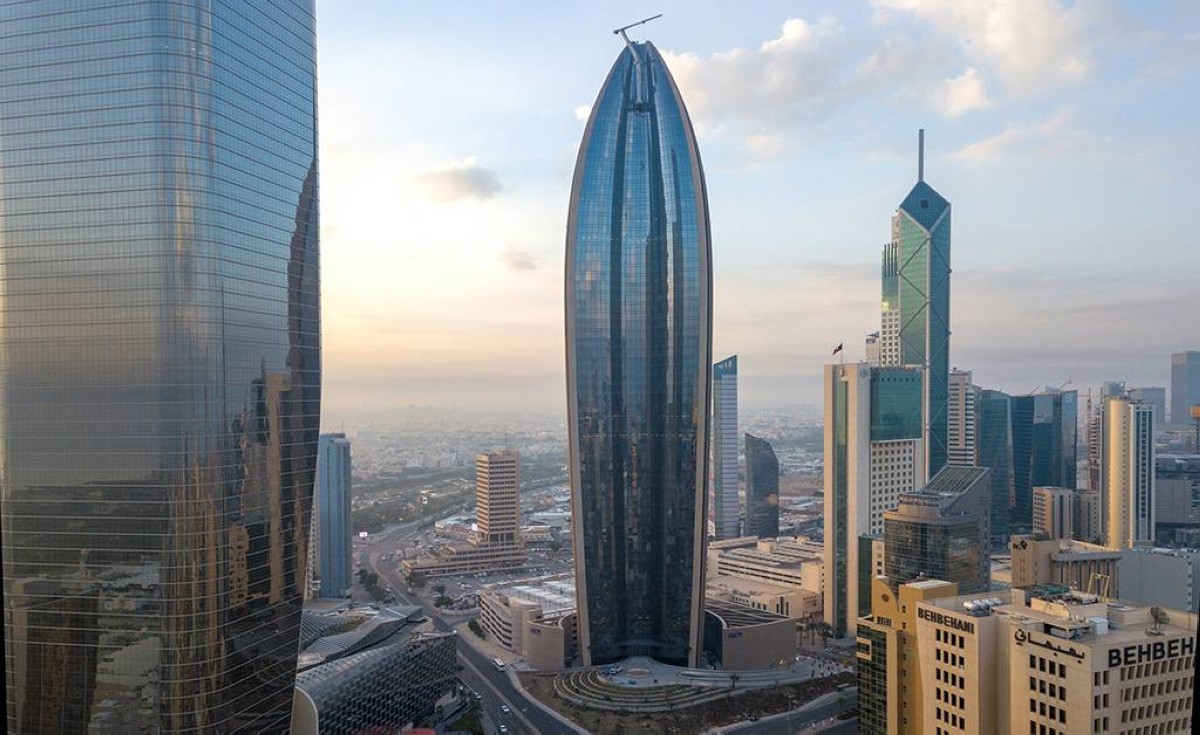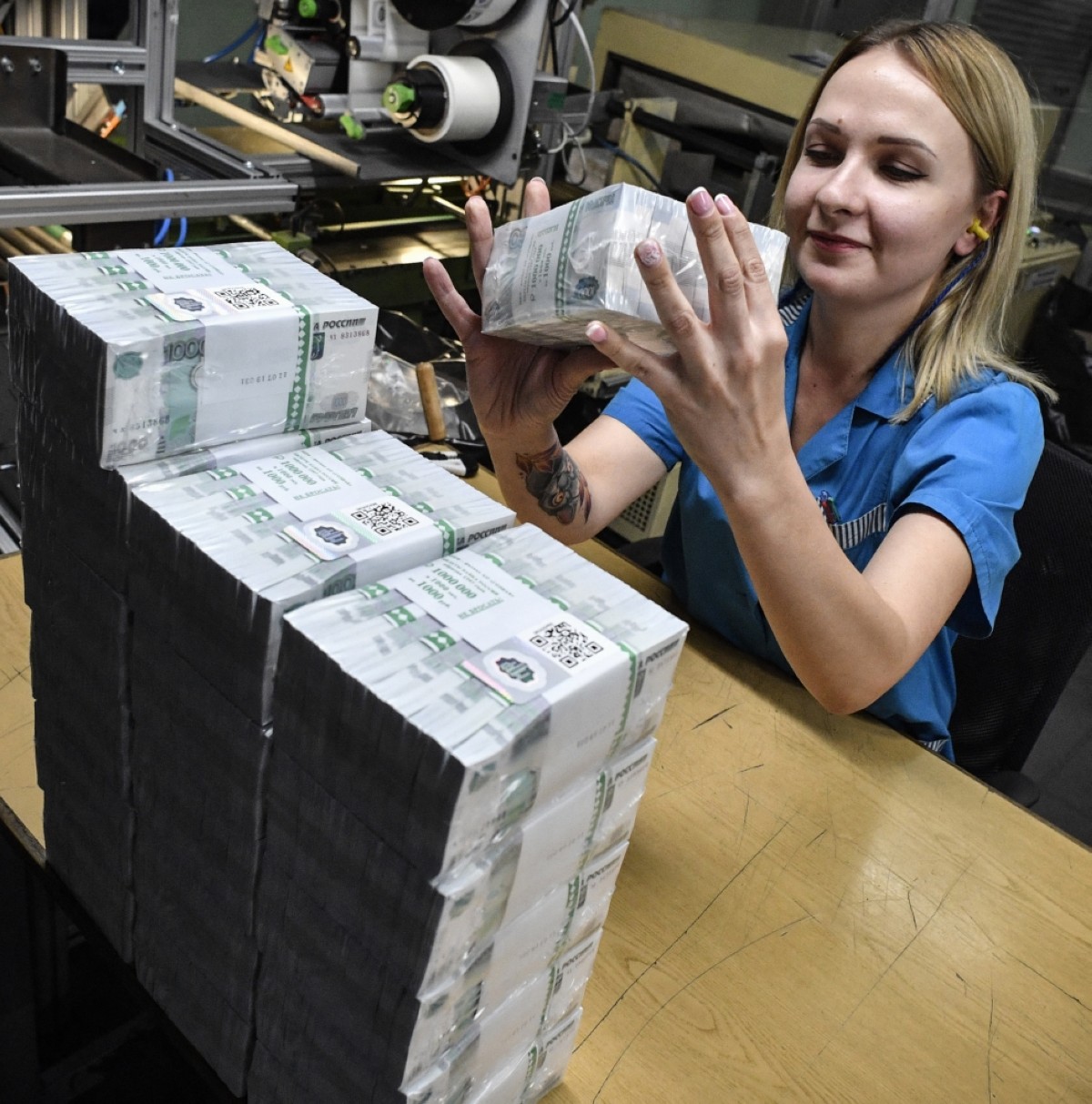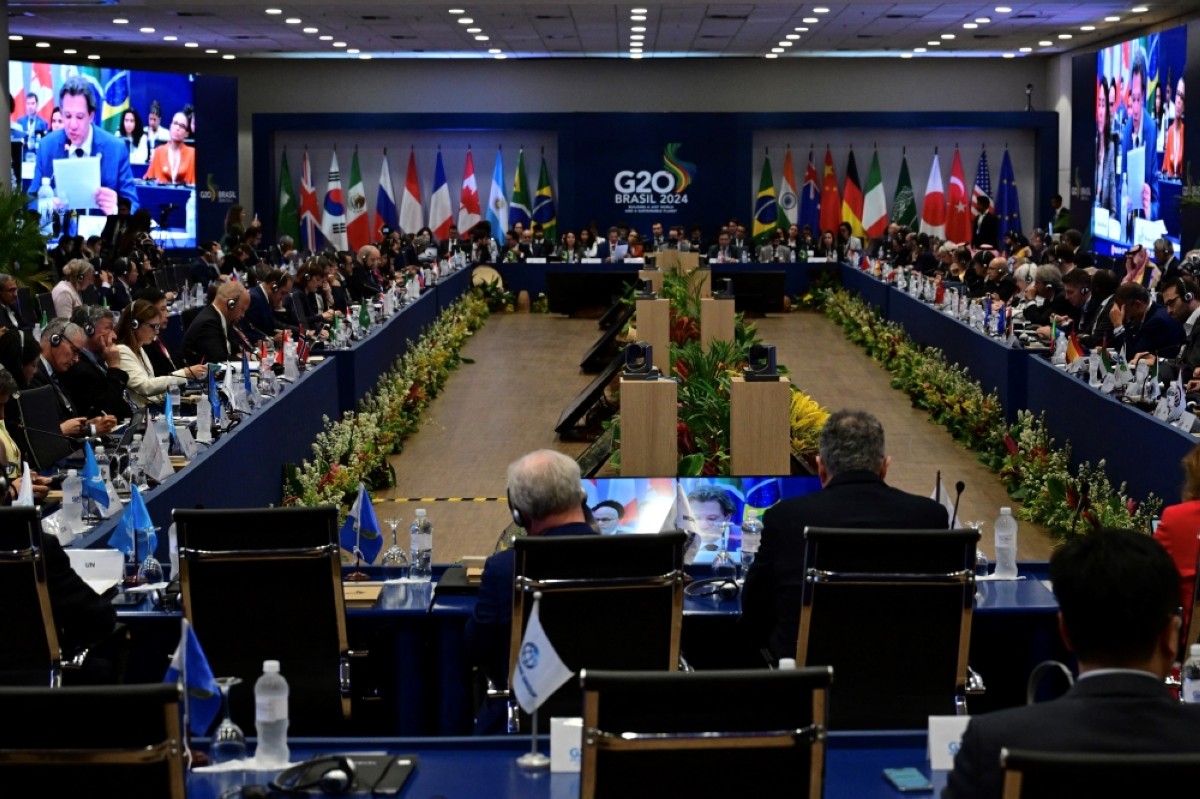Global economic growth expected to be steady at 3.2% in 2024, 2025
KUWAIT: The IMF projects global economic growth to be steady yet relatively slow at 3.2 percent in each of 2024 and 2025, matching the 2023 expansion.

But the outlook has diverged across countries, with US growth expectations in 2024-2025 still far ahead of other major developed markets. This, combined with slower disinflation in the US, could result in the Fed keeping interest rates higher for longer - a stark contrast to market hopes a few months back of aggressive rate cuts this year.
In the eurozone, soft growth and a sharp pullback in inflation has brought the ECB closer to its first interest rate cut, very likely at the bank’s meeting this week. The falling yen and elevated inflation make a case for more Bank of Japan hikes this year, though this must be balanced against ongoing weakness in household spending. China’s industry-oriented policy push has boosted the near-term outlook, but growth still faces several medium-term headwinds. Finally, India continues to enjoy solid economic growth, the highest among major economies.
US momentum
After posting two consecutive quarters of consensus-beating growth, the expansion in GDP slowed to 1.3 percent (annualized) in Q1 2024 down from 3.4 percent in Q4 2023, on a widened trade deficit and slower growth in government and household spending. The consensus expectation for Q2 is for an improved growth figure of 2 percent or more - albeit still representing a loss of momentum from H2 2023.
But recent high-frequency indicators paint a mixed outlook, with retail sales and industrial production stagnating in April while the S&P composite PMI in May (at 54.3, a two-year high) improved on a broad-based expansion in activity. One key area to watch is the labor market, which is showing signs of fracture, with job growth in April easing to 175K m/m from +315K in March, the unemployment rate ticking up (3.9 percent) and wage growth decelerating (3.9 percent y/y – the slowest rise since June 2021).
Meanwhile, after hotter inflation prints in Q1, the April CPI report soothed some nervousness as inflation moderated to 3.4 percent y/y from 3.5 percent in March with the core rate also easing to a three-year low of 3.6 percent. The Fed in May, while keeping the policy rate steady at the 5.25-5.5 percent range, trimmed the pace of its balance sheet reduction (quantitative tightening) from $95 billion to $60 billion a month, effective June, to balance liquidity conditions. Still, the heavy-weight shelter component in the inflation basket has shown a modest easing in price rises - partly due to calculation methodology - and along with still-elevated inflation in other services, will push the Fed to adopt a cautious approach at its June 11-12 meeting. Currently, markets are pricing in one to two 25 bps rate cuts by year-end.
Europe exits recession
The eurozone exited recession in Q1, with GDP growing by 0.3 percent q/q after a drop of 0.1 percent in each of the previous two quarters, as investment and exports rebounded, likely indicating that the worst of the export slump seen in 2023 may be behind us. The IMF recently downgraded the bloc’s GDP growth from 0.9 percent to 0.8 percent for 2024 and from 1.7 percent to 1.5 percent for 2025 due to higher interest rates and fiscal consolidation in some countries.
On a positive note, inflation has broadly moderated despite some setback in May (headline and core at 2.6 percent y/y and 2.9 percent, chart 2), coming closer to the ECB’s 2 percent target, allowing the ECB to cut interest rates sooner rather than later, with a high likelihood for a first cut at the bank’s meeting this week. Lower rates should improve economic confidence and expectations, especially for the weak manufacturing sector.
The UK economy is also seeing signs of a recovery, growing 0.6 percent q/q in Q1 2024 versus -0.3 percent in Q4 2023 as private consumption rebounded. The IMF’s latest forecasts see GDP growth of 0.5 percent in 2024 strengthening to 1.5 percent in 2025, a sharp acceleration from almost no-growth in 2023. Meanwhile, inflation dropped sharply but still came above market expectations at 2.3 percent y/y in April versus 3.2 percent in March as a lower cap on energy tariffs helped ease price rises, but service prices remained stickier. A slower drop in inflation could delay interest rate cuts by the Bank of England, possibly until August or even later.
Prime Minister Rishi Sunak has set July 4 as the date for the general election, earlier than many political analysts had expected. Although his governing Conservative Party is well behind in the opinion polls, an improving economy could offer some hope of an unlikely political revival.
BoJ’s policy tightening
Japan’s economy in Q1 contracted by a more-than-forecast 0.5 percent q/q, from no change in the previous quarter. The fall was accentuated by a large drop of -0.7 percent (-0.4 percent in Q4 2023) in private consumption, extending its decline for a fourth straight quarter (chart 3). Higher prices of imported goods after the yen’s massive drop against the USD (11 percent y/y in Q1 2024 – and further since) has adversely impacted consumption, offsetting the beneficial effect on the country’s export competitiveness.
Retail sales volumes fell by an average 0.3 percent y/y in Q1 as consumer spending couldn’t match the pace of rising prices. However, May’s PMI readings indicated an ongoing expansion in the service sector (53.6) along with growth in manufacturing activity for the first time in a year (50.4), which alleviated some concerns about the deteriorating economic conditions.
Core consumer price inflation continued to soften in April, down to 2.2 percent y/y from 2.6 percent in March, as demand remains muted especially with falling real wages biting consumer wallets. However, the falling yen fueling inflationary pressures has pushed the Bank of Japan closer to another rate hike. The BoJ, after a historic rate hike in March, held its policy rate steady in April (0.0 percent-0.1 percent) but reduced government bond purchases. The bank now faces a complex policy decision to avoid overtightening given a faltering economic landscape amid weakening household demand.
Chinese economic activity picks up
GDP growth picked up slightly in Q1, rising 5.3 percent y/y from 5.2 percent in the previous quarter and exceeding market expectations. In April, growth in the export-oriented manufacturing sector quickened as industrial production rose 6.7 percent y/y. Exports and imports in April also rebounded from the previous month’s sharp drops. The latest improvement prompted the IMF to upgrade its GDP growth forecast for 2024 to 5 percent from 4.6 percent earlier, slowing to an also-improved 4.5 percent in 2025.
Meanwhile, exports of new technology and green energy-based goods have been seeing a substantial rise lately. Growing concern about China using excess capacity to dump these goods in global markets triggered the introduction of higher import tariffs on such products by the US, although direct export of such goods to the US is relatively limited. Industrial sector expansion highlights local imbalances as domestic consumption remains tepid: retail sales growth further decelerated (2.3 percent y/y) in April while CPI inflation was subdued at 0.3 percent y/y.
The near-term economic outlook was helped recently by the government’s unveiling of a $41 billion financing package to support the moribund property sector, for local public authorities to buy unsold residential units and use them as affordable housing projects. The central government is also aiming to issue around $140 billion in ultra-long, special bonds this year to finance investments that could help achieve the GDP growth target of 5 percent for 2024. But on a more medium-term basis, given the scale of unsold as well as unfinished inventory, such efforts may still be insufficient. Moreover, other long-term structural issues including ageing demographics continue to weigh on growth.
India’s growth seen elevated
The economic growth continued to surprise positively, coming in at a very solid 7.8 percent in Q4 FY2023-24, with the full year growth at 8.2 percent on a substantial increase in government capital outlays. Recent indicators point towards momentum largely being sustained, with the composite PMI staying elevated at 61.7 in May, slightly better than April’s 61.5.
The ongoing general election, which current PM Modi is widely expected to win, has helped maintain the buoyancy given the usual increase in spending during election time. However, private consumption has shown signs of emerging fatigue amid some weaknesses in the agriculture-based rural segment, as highlighted in the latest GDP data. The external sector also disappointed in April, with a higher merchandise trade deficit on rising commodity imports.
Given higher prices of key import commodities such as crude oil and gold, the current account deficit could expand over the coming months from around 1 percent of GDP in FY2023-24. Still, the outlook for FY2024-25 is relatively strong, with the IMF recently upgrading its GDP growth forecast to 6.8 percent from 6.5 percent earlier.
Meanwhile, consumer price inflation remained broadly stable at 4.8 percent y/y in April, but food prices continued to accelerate (+8.7 percent), with extreme weather events in recent weeks indicating more uncertainty going forward. Accordingly, the Reserve Bank of India could keep the repo rate steady at 6.5 percent at its June MPC meeting.











